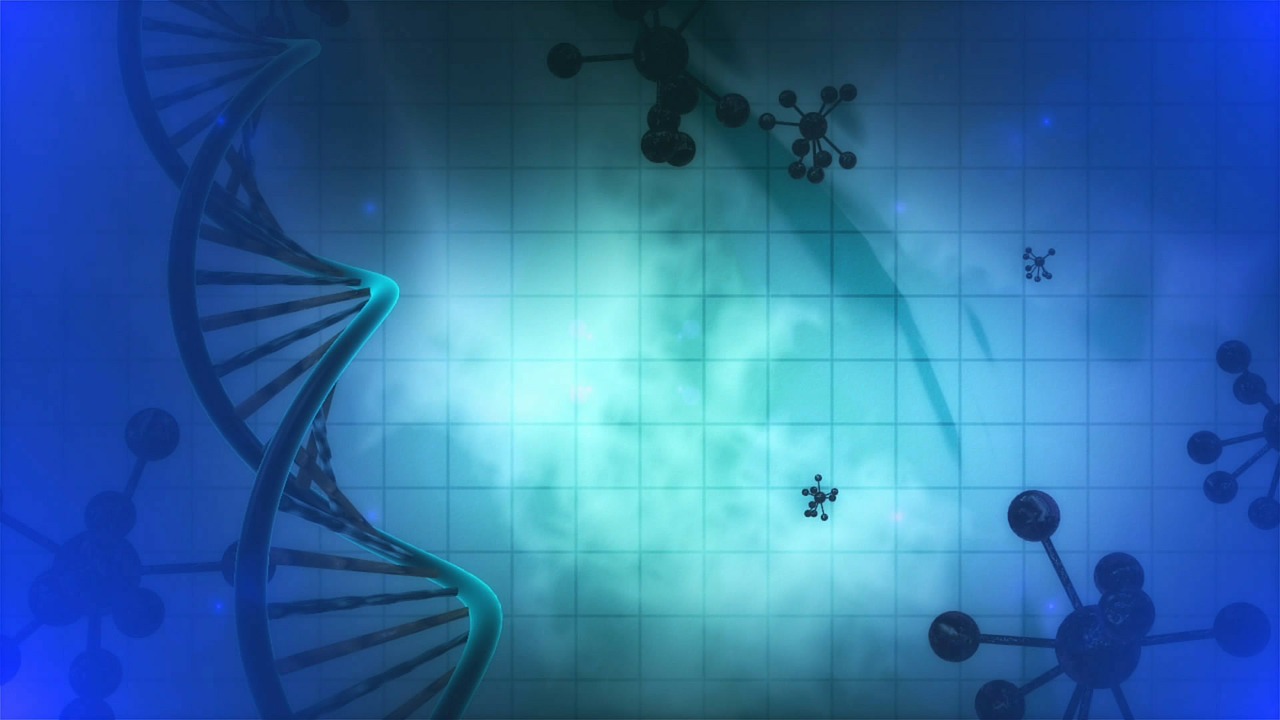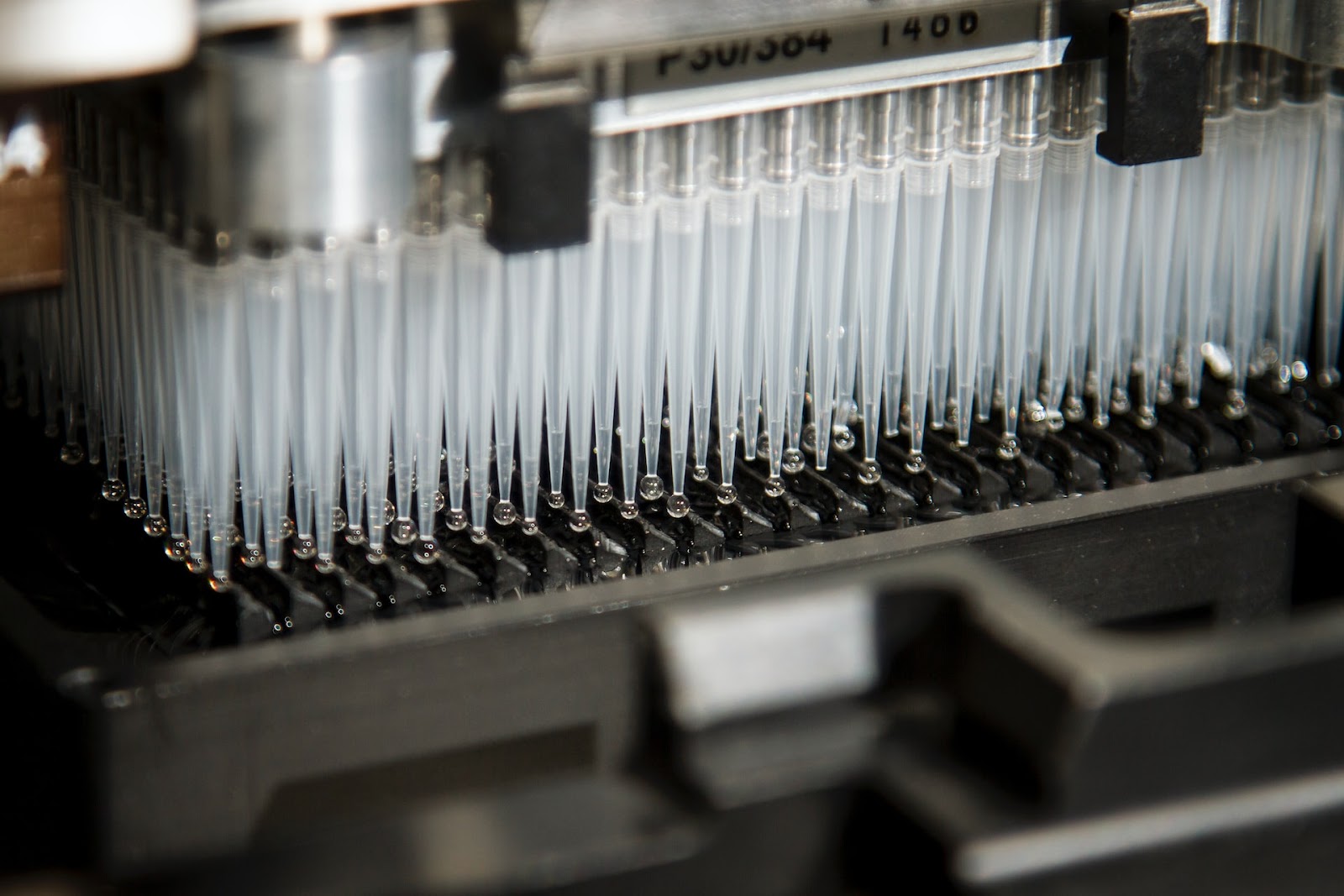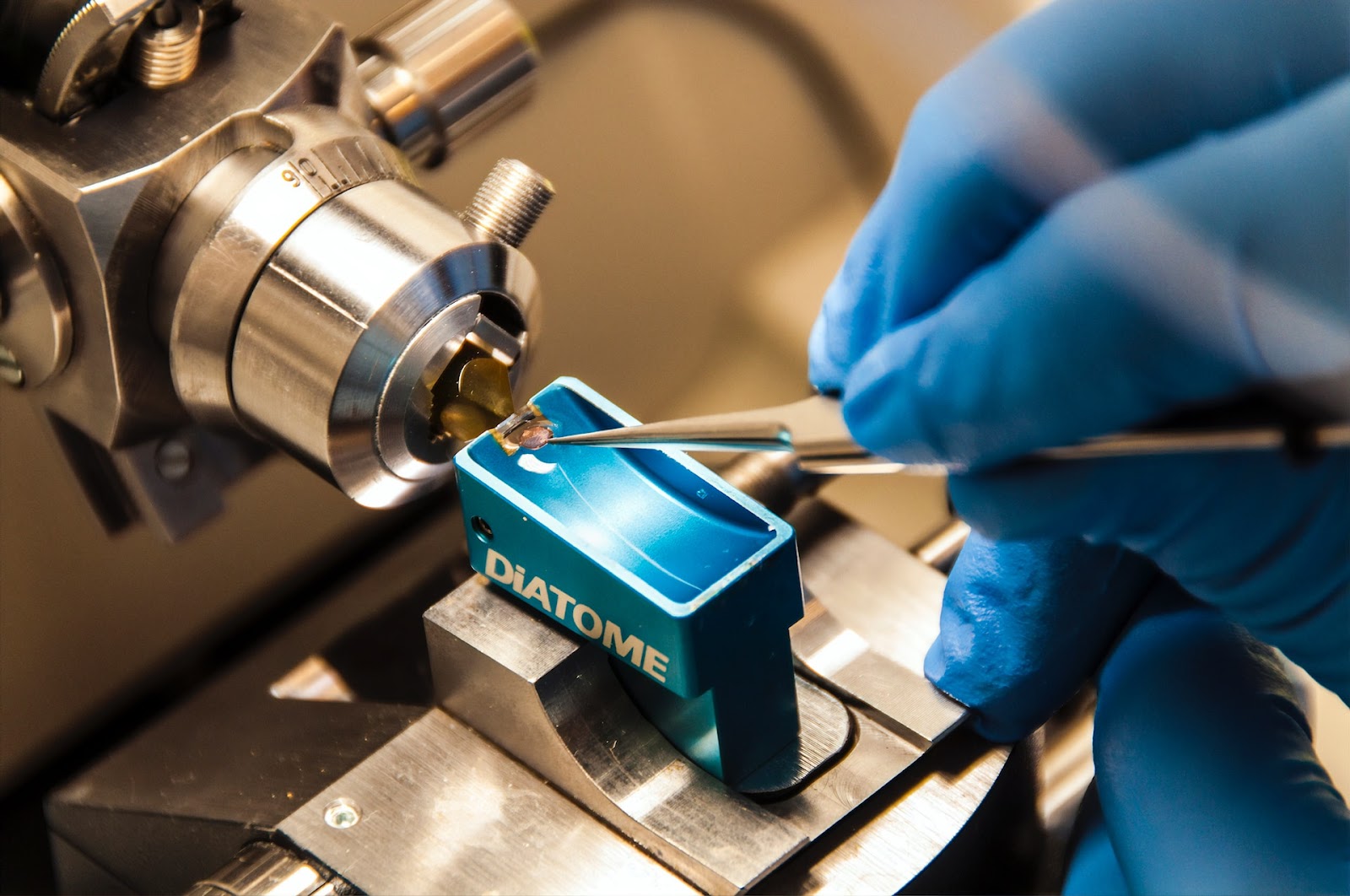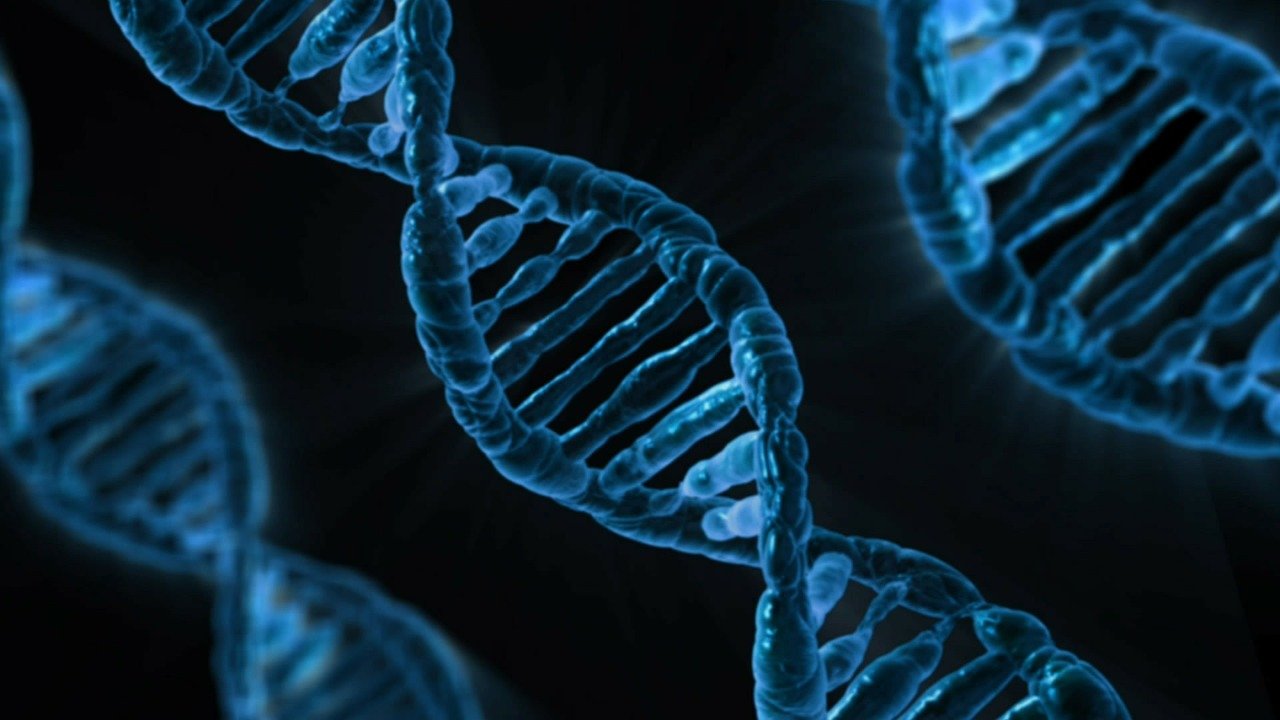
Some people are afraid of genetic engineering. But this is mainly because of the mystery that shrouds this area of science. While DNA synthesis has come a long way since its inception in 1982, it is still a complicated process to understand—especially for the uninitiated. But don’t worry. We’ve got you covered.
This article answers this question and sheds some light on gene synthesis and its applications in biological research.
The Basics of Gene Synthesis
The ability to synthesize genes is a powerful tool for scientists and researchers. It allows them to create new genes, which can be inserted into an organism so that it will have the desired trait. For example, scientists can make a new gene that codes for an antibiotic resistance protein and insert it into bacteria.
The DNA Synthesis process
Generally speaking, gene synthesis services comprise both dry and wet lab components. You can categorize it into the following procedures:
- Define project objectives
- Design gene sequence
- Synthesize oligos
- Build oligos into linear fragments and more enormous constructs (if necessary)
- Check the sequence clone product or gene fragment
Gene synthesis has evolved leaps and bounds since its early days.
Synthetic Gene Services
The steps outlined above can be time-consuming to complete in-house for most researchers. Instead, they focus on using a service provider for gene synthesis to cut costs and concentrate on the applications of synthetic products. This service provider should be considered a collaborator in your study, and as such, they should assist you in achieving the project’s objectives both now and in the future.
To improve your chances of success, think about how easy it is to get help from people in your area, how well-known they are for quality and dependability, how skilled they are at synthesis and cloning, and how well they can support long-term and multi-institution projects with targets in pre-clinical and clinical trials that involve CLIA or GLP requirements.
Applications of Gene Synthesis

Biologics
Biologics are large molecules that cannot be produced by chemical synthesis or fermentation. Biologic drugs include vaccines, mAbs, and other therapeutic proteins such as enzymes, hormones, and cytokines. Biologics can be produced via recombinant DNA technology or through cell culture methods. Biologics can be expensive to produce, as they must be made in living cells rather than in the laboratory. Gene synthesis allows scientists to build these complex molecules more quickly and cheaply, which is why many biotech companies are turning to it.
Protein Therapeutics
Protein therapeutics are a significant category of biologics. These include monoclonal antibodies (mAbs), which are produced in transgenic animals, as well as protein therapeutics that are produced by recombinant DNA technology. Monoclonal antibodies treat cancers and other diseases such as rheumatoid arthritis, psoriasis, and immune disorders. They are also used as research tools in the laboratory.
Enzyme Engineering

We have been making enzymes for over a century by isolating them from the microorganisms that produce them and growing them in large quantities. With synthetic biology, we can make enzymes from scratch by building their DNA sequence, then inserting them into a cell where they will be produced in large quantities. It is much cheaper to produce crucial industrial chemicals such as amino acids, vitamins, and other molecules. It also allows us to design synthetic enzymes that are more efficient than natural ones to convert one product into another with less waste. This could be useful for creating biofuels or turning plant biomass into valuable chemicals.
Accelerated Research Pace
Gene synthesis can be used to develop new genes that can be used in research, including gene therapy and drug development. The ability to synthesize genes will enable researchers to investigate a wide range of other organisms and human cells, which are difficult to study by traditional means. This will accelerate the pace of gene discovery and lead to faster drug development.
The Future of Gene Synthesis

Personalized medicine is the future, and gene synthesis is at the heart of it. Imagine a world where you could give your doctor a sample of your DNA, and she could tell you exactly what diseases you might develop as you age, along with recommendations for preventative measures.
Now imagine that same doctor being able to prescribe you a specific drug regimen or even build you a custom-made organ if needed. These things are possible today thanks to gene synthesis technology, but they’re still in their infancy.
Furthermore, the future of gene synthesis is likely to be shaped by two key trends. The first is the increasing demand for synthetic DNA. This trend is driven by several factors, including the growing commercial importance of synthetic biology and the rising demand for custom-made genetics from academic and industrial researchers. The second trend is the exponential growth in the capacity of next-generation sequencing (NGS) technologies, allowing us to sequence ever larger genomes and other complex genetic structures at a lower cost. Combined, these trends will make it increasingly economical to synthesize large amounts of DNA in a single reaction mixture.
Conclusion
What you need to know about gene synthesis, synthesized genes, and the potential ethical implications is complicated, and as such, we have broken down an overview of these and other concepts into a few points: gene synthesis is natural; thousands of genes have been synthesized; synthetic biology can bring enormous benefits, but there are risks associated with synthetic biology that require significant consideration.

